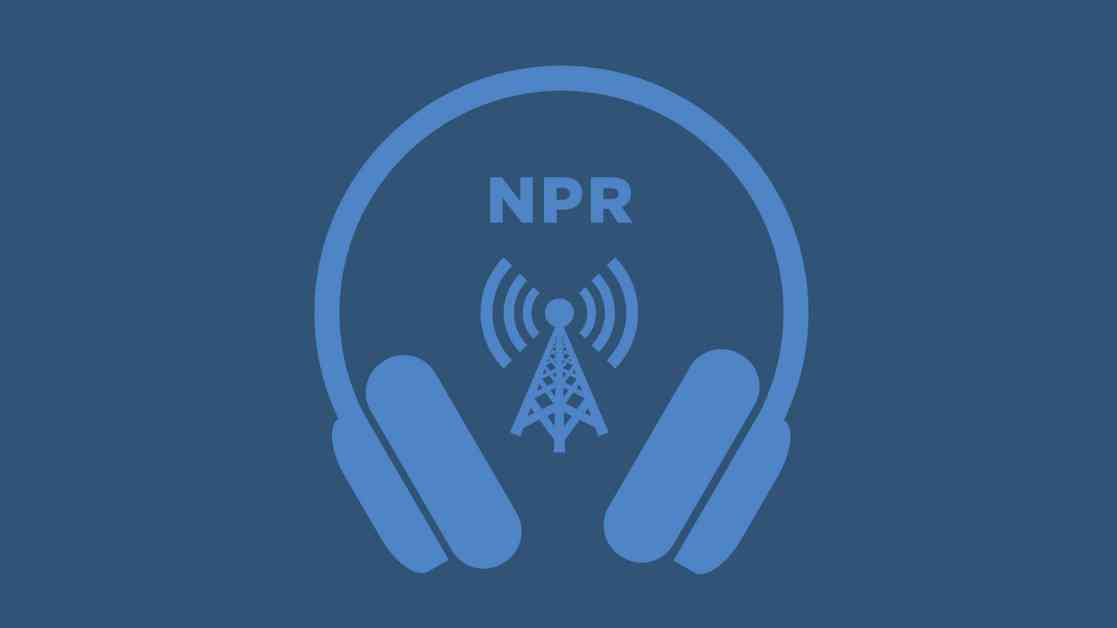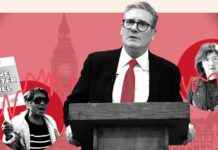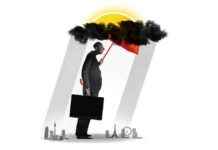In today’s economic landscape, consumers’ optimism about the future is wavering. The looming threat of inflation has cast a shadow over people’s economic confidence, leading to concerns about spending habits and the overall financial forecast. As individuals grapple with uncertainties and anxieties, it is essential to delve into the data to understand the underlying factors contributing to this collective unease.
Unpacking the Economic Sentiment
The current state of consumers’ economic sentiment is a complex web of emotions and rational assessments. While some may attribute this pessimism to external factors such as rising prices and economic instability, others argue that it stems from a deeper sense of insecurity and distrust in the system. To truly grasp the nuances of this phenomenon, we must first examine the various components that shape individuals’ outlook on the economy.
One crucial aspect to consider is the impact of inflation on consumer behavior. With prices on the rise and purchasing power diminishing, many individuals are forced to reevaluate their spending habits and financial priorities. This shift in consumer behavior not only reflects a practical response to economic challenges but also underscores a fundamental shift in mindset towards cautiousness and prudence.
Moreover, the broader economic landscape plays a significant role in shaping consumers’ perceptions. As headlines continue to highlight uncertainties in the job market, fluctuations in the stock market, and geopolitical tensions, it is no surprise that people are feeling apprehensive about the future. The interconnected nature of global economies means that local events can have far-reaching implications, further fueling consumers’ economic anxieties.
Expert Insights and Analysis
To gain a deeper understanding of consumers’ economic optimism, we turn to experts in the field for their insights and analysis. Dr. Sarah Johnson, a renowned economist, emphasizes the psychological factors at play in shaping economic sentiment. “Human behavior is driven by a complex interplay of emotions, perceptions, and rational assessments,” she notes. “Understanding these dynamics is crucial in deciphering why consumers may feel a certain way about the economy.”
In addition to psychological factors, Dr. Johnson highlights the role of media and communication in shaping public opinion. “The constant barrage of news and information can influence how individuals perceive the economy,” she explains. “It is essential to critically evaluate the sources of information and consider the underlying motives behind certain narratives.”
Furthermore, Dr. Michael Chang, a behavioral economist, underscores the importance of context in interpreting economic data. “Numbers can only tell part of the story,” he remarks. “To truly understand consumers’ economic optimism, we must look beyond the data and delve into the human experiences and narratives that underpin these statistics.”
As we navigate the intricate web of factors that contribute to consumers’ economic sentiment, it becomes clear that a multifaceted approach is necessary to address these challenges. By combining quantitative analysis with qualitative insights, we can gain a holistic understanding of individuals’ concerns and aspirations.
In conclusion, the current climate of economic uncertainty underscores the need for empathy, understanding, and collaboration. As we strive to navigate these turbulent waters, it is essential to remember that behind every data point lies a human story, a set of hopes and fears, and a quest for stability and security. By approaching consumers’ economic optimism with sensitivity and insight, we can work towards building a more resilient and prosperous future for all.



















